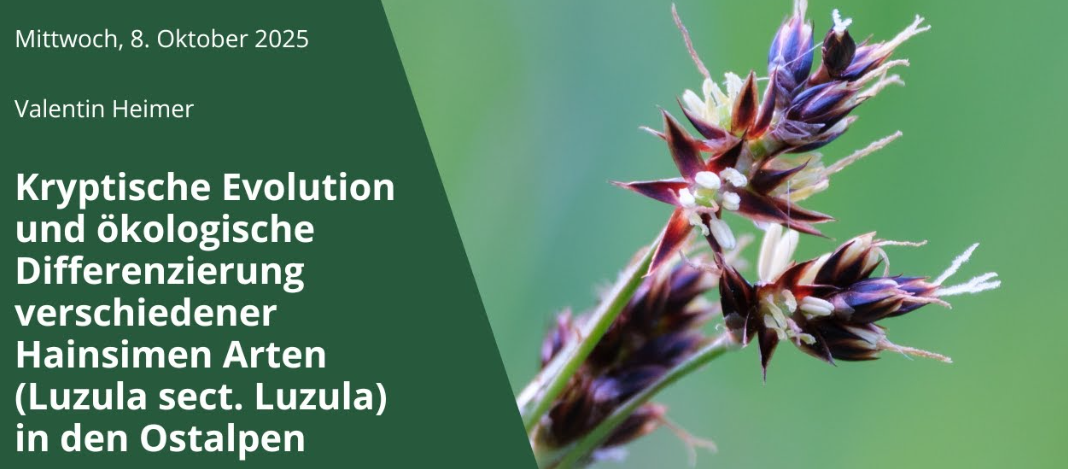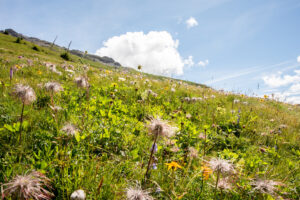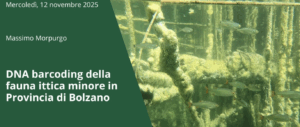The alpine grasslands are home to an extraordinary richness of plant species. Yet this diversity is not always obvious at first glance, as some species look strikingly similar. The evolution of such groups therefore takes place, so to speak, “in hiding.” A prime example of this cryptic evolution is found in the genus Luzula (woodrushes), a grass-like group of plants belonging to the rush family (Juncaceae). In particular, the species within Luzula sect. Luzula—also known as the Luzula campestris complex—are morphologically extremely difficult to tell apart, which is why their distribution and evolutionary history have remained poorly understood. Using modern genetic methods and a large dataset, we reconstructed the evolutionary history and relationships of Eastern Alpine woodrushes. Our analyses reveal that many species within this group frequently hybridize, and in some cases this has been accompanied by whole-genome duplication (polyploidization), ultimately leading to the emergence of new species. Other species, however, did not arise through duplication, but through chromosomal fragmentation. Alongside genetic studies, extensive vegetation surveys provided insight into the ecological differentiation of the various species, showing that their ecological niches differ to varying degrees. Taken together, our findings offer valuable contributions toward a clearer understanding of the distribution of this taxonomically complex and little-studied plant group.
Valentin Heimer is a PhD candidate in the Biodiversity Research Group at the Institute of Botany, University of Innsbruck. His work focuses on the evolution and ecology of the genus Luzula. He conducted part of his doctoral research at the Institute for Alpine Environment at Eurac Research
The event can also be followed online on the Museum’s YouTube channel.



